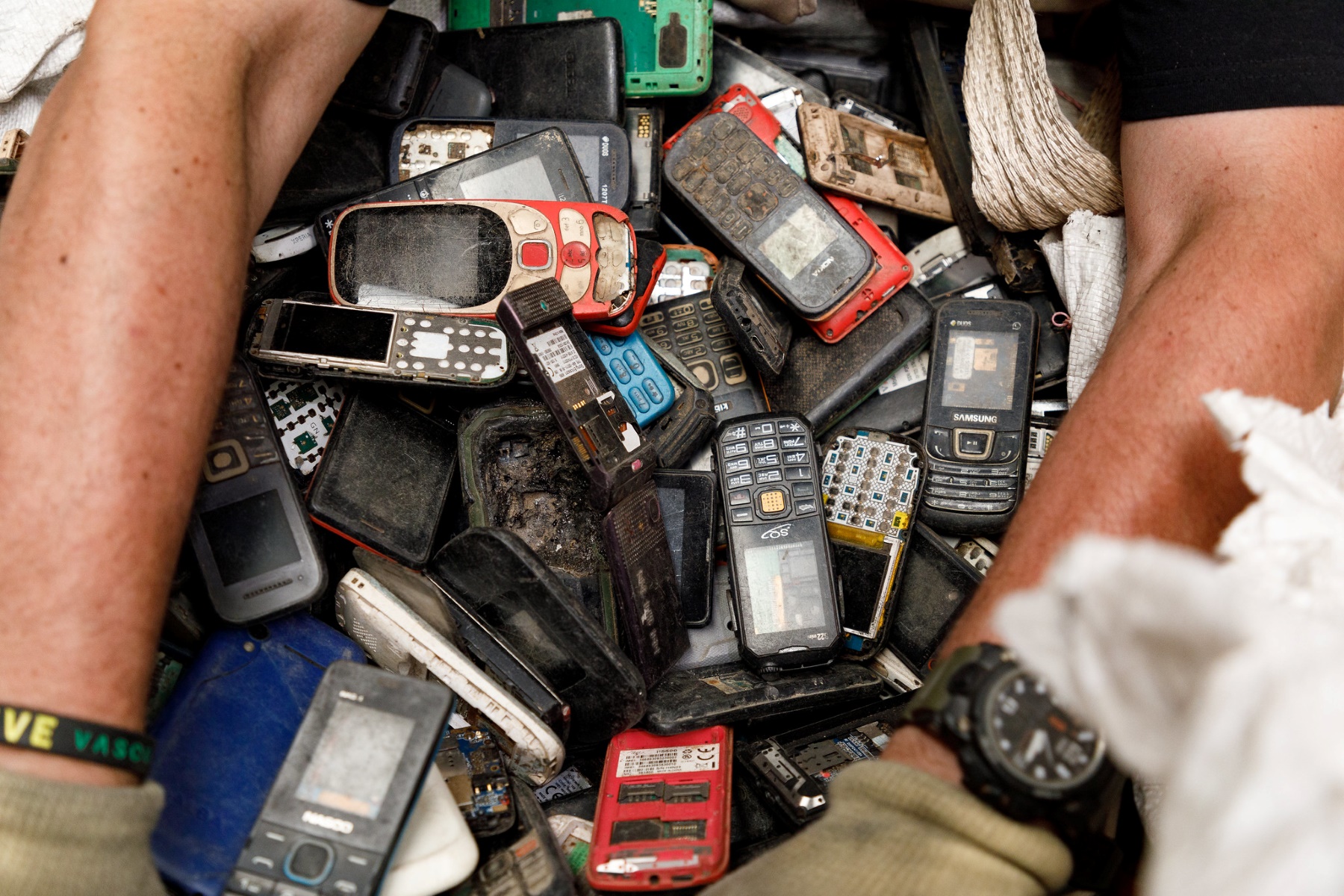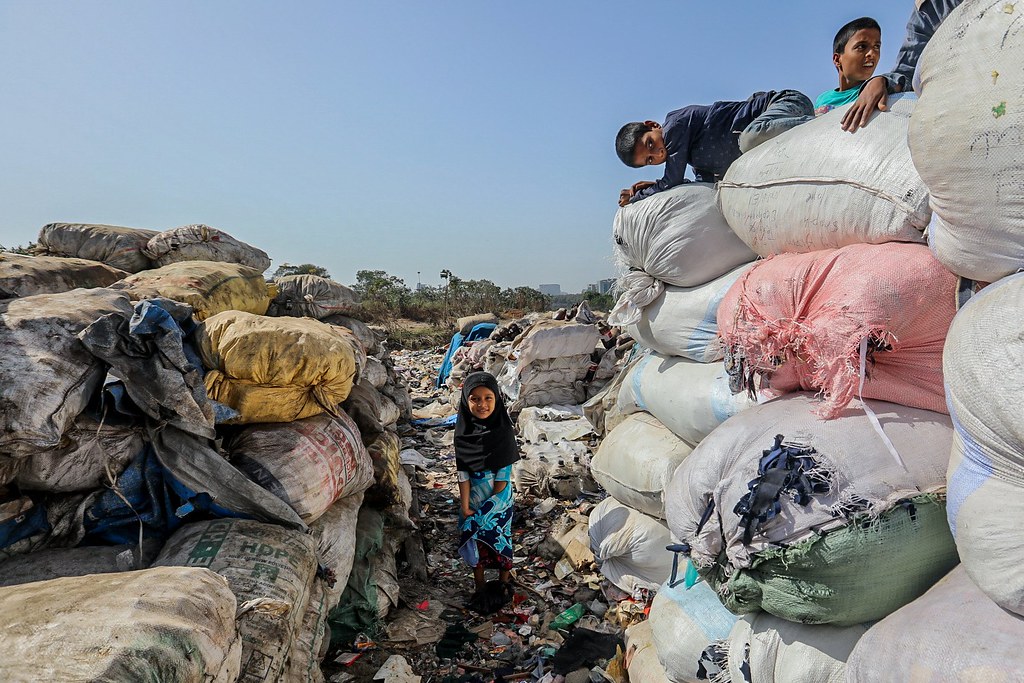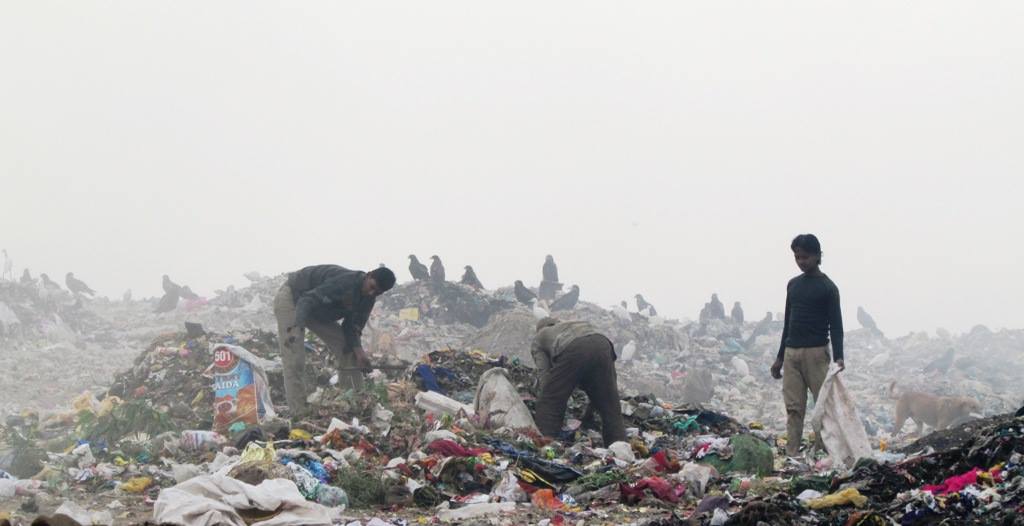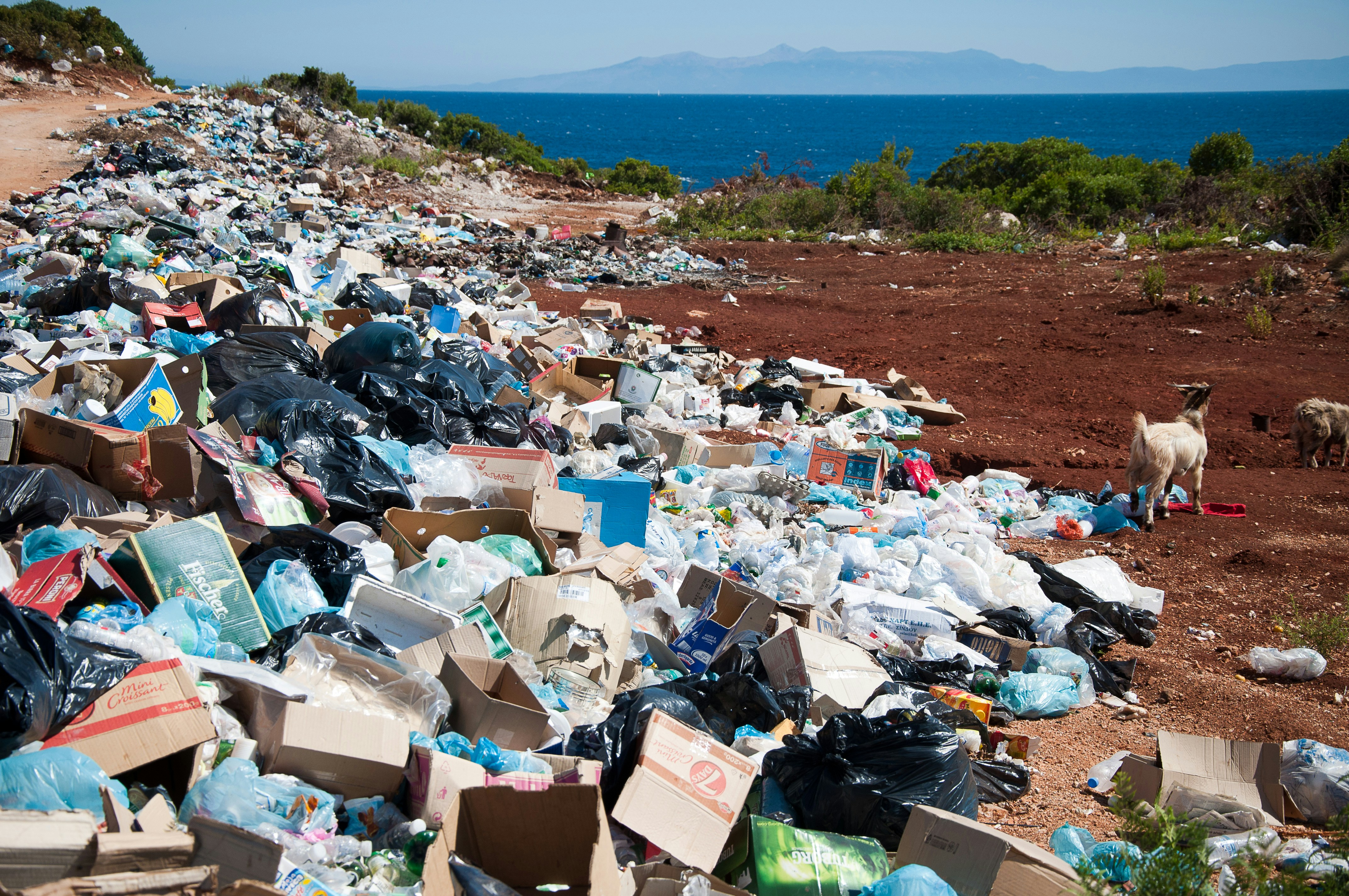We use cookies to improve your experience with Monash. For an optimal experience, we recommend you enable all cookies; alternatively, you can customise which cookies you’re happy for us to use. You may withdraw your consent at any time. To learn more, view our Website Terms and Conditions and Data Protection and Privacy Procedure.
Mammoth waste problem a test of resolve
Published on June 10, 2024As solid waste mounts in developing countries, the authorities must adopt innovative and effective solutions.

As solid waste mounts in developing countries, the authorities must adopt innovative and effective solutions.
Days after winning a massive electoral mandate in June 2014, the Narendra Modi government took up a ‘flagship programme’ for the “effective abatement of pollution, conservation and rejuvenation” of the Ganges.
This was followed four months later by the ‘Clean India Mission’, which saw Modi hitting the streets, swiping away waste with a large broom. A simple Mahatma Gandhi logo was adopted for the government-driven programme.By 2022, the Clean India Mission was widely described as a failure. And ten years after the fanfare with which it was launched, the Ganges remains as filthy as ever as human waste continues to be discharged into the river.
On the other hand, solid waste continues to grow in Delhi and its surrounding areas as the three landfills on the city’s periphery remain as grotesque markers of the enormity of waste in all its forms — food, plastic, electronic and textiles.
While general lethargy and ineffective measures mark municipal solid waste management across India, the global situation is no better, as waste generation continues to rise across the world. Annually, an estimated 11.2 billion tonnes of solid waste is collected globally.
This is attributed — as in the Indian case — to rapid population growth and urbanisation. It is estimated that annual waste generation could increase by 73 percent from 2020 levels to 3.88 billion tonnes in 2050.Even as there is an obvious divide insofar as solid waste generation and management in developed and developing countries are concerned, there is now an alarming rise in the volume of e-waste.
Waste from electronic and digital equipment and gadgets containing “new and complex hazardous substances” presents the “fastest growing challenge” for both developed and developing economies.The scale and magnitude of e-waste in India is massive: the country “generated” 16 MT of e-waste in 2023 and is rising 15 percent annually.
In 2021-22, China and the US produced over 12 and 7 million metric tonnes, respectively. As much as 62 MT of e-waste was generated globally in 2022, which was up by 82 percent in 2010.
This is expected to rise by another 32 percent to 82 million tonnes, by 2030.There are three facets to the seemingly never-ending problem of municipal solid waste in developing countries such India. It is generally acknowledged that India is faced with major environmental challenges associated with waste generation, which is the result of a massive spike in rapid urbanisation and consumption.
Besides, rapid population growth overwhelms the capacity of municipal authorities, even when strong laws and legislations exist on paper, to take routine measures on environmentally sustainable waste disposal.The second aspect is the widespread practice of open dumping followed by unsustainable solid waste management.
The third critical reason is municipal inability or inadequacy in waste collection, treatment and disposal which are common problems across most large Indian cities.There is no denying that solid waste is a burgeoning problem across many developing economies.
Taking recourse to waste-to-energy means was adopted in Delhi and a few other Indian cities. However, waste incineration has, in turn, contributed to adversely affecting the environment and does not quite address the problem of solid waste. Minimising waste is an obvious solution, but that is easier said than done when consumption continues to remain unchecked.
One way to rein in the problem of solid waste is to adopt a circular economy model which aims to develop a system of production and consumption involving prolonging the lifecycle of products. This would involve sharing, leasing, reusing, refurbishing, repairing and recycling products and materials for as long as possible. Recycling does lead to “substantial” resource saving.
Originally published under Creative Commons by 360info™.










